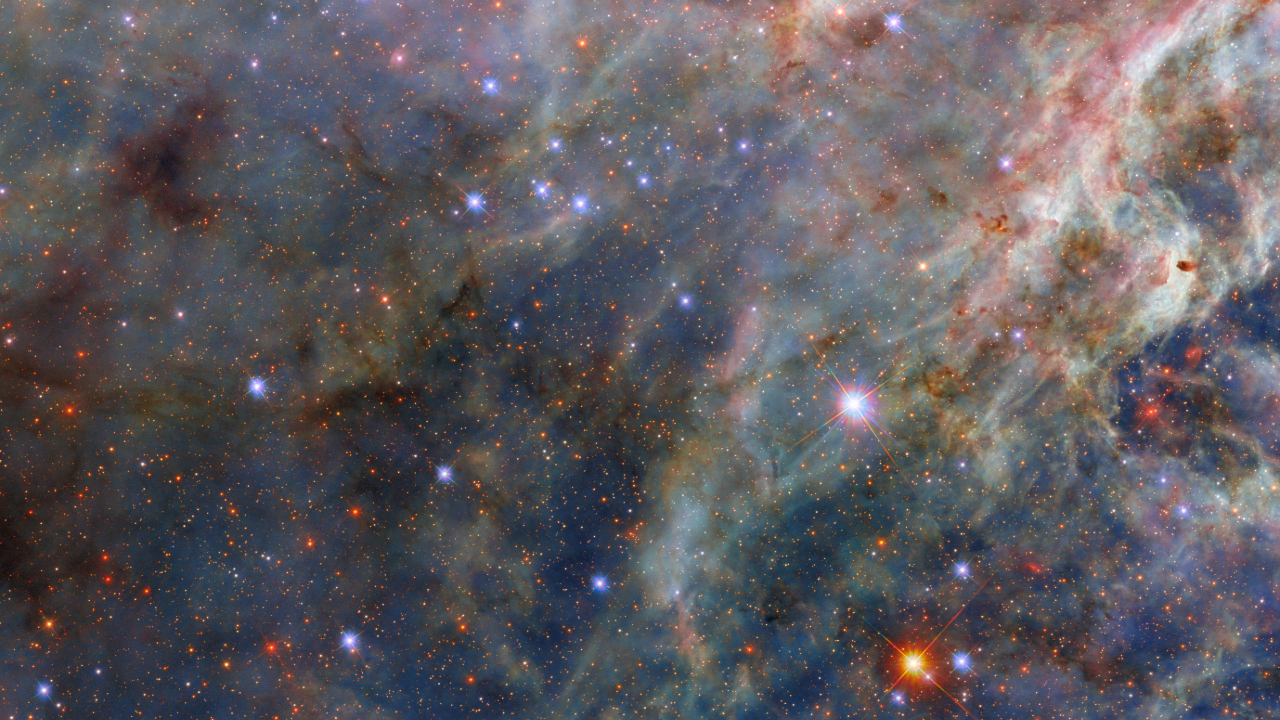How the Gaia Galaxy-Mapping Satellite Works (Infographic)

The European Space Agency’s Gaia telescope has a five-year mission: to catalog and monitor a billion stars in the Milky Way galaxy. The unprecedented survey will reveal properties of each star, including temperature, luminosity and physical composition. The resulting 3D map will show the true structure of our region of the Milky Way, which is difficult to determine from the Earth’s position within the galaxy.
Gaia operates at the Lagrange-2 point in the Earth-sun gravitational system. Far beyond the moon’s orbit, L2 is one of several stable points where the gravity of the sun and Earth balance each other out. An advantage of an L2 orbit is that Earth does not obscure a large area of the sky, as is the case for the low-Earth-orbiting Hubble telescope. [Photos: Gaia Spacecraft to Map Milky Way Galaxy]
Gaia will measure each of its target stars about 70 times over the course of its five-year mission, monitoring distances, movements and changes in brightness. This averages 40 million observations per day. Gaia’s 1 billion target stars amount to only one percent of the total stars in the Milky Way galaxy.
Gaia carries twin telescopes and the highest-resolution image sensor ever sent into space, with more than 1 billion pixels (1,000 megapixels, in camera terms).
Gaia’s high-gain antenna transmits data back to Earth. A total of more than one million gigabytes is expected to be transmitted by mission’s end.
Related Stories:
- Galaxy's Most Precise 3D Map: Gaia Will Make It | Video
- Most Powerful Camera to Fly in Space to Snap 3D Milky Way Map | Video
- Latest News about Stars and Galaxies
Breaking space news, the latest updates on rocket launches, skywatching events and more!

Karl's association with Space.com goes back to 2000, when he was hired to produce interactive Flash graphics. From 2010 to 2016, Karl worked as an infographics specialist across all editorial properties of Purch (formerly known as TechMediaNetwork). Before joining Space.com, Karl spent 11 years at the New York headquarters of The Associated Press, creating news graphics for use around the world in newspapers and on the web. He has a degree in graphic design from Louisiana State University and now works as a freelance graphic designer in New York City.
